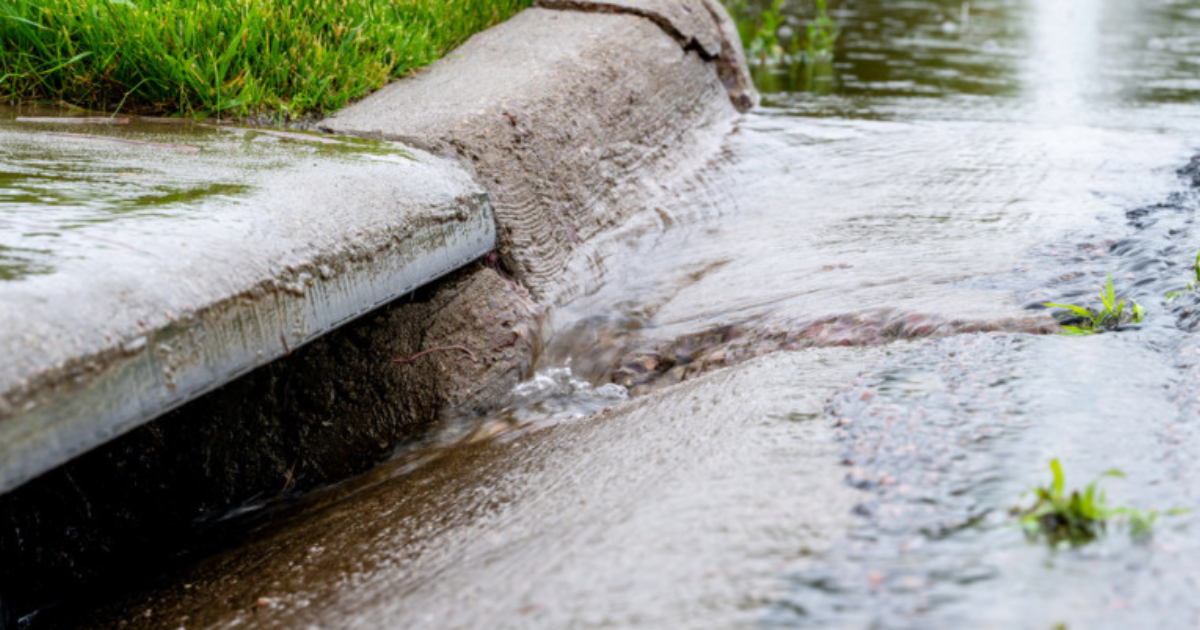Planned burn begins near Anglesea
FOREST Fire Management Victoria (FFMVic) has begun a series of planned burns in the Anglesea Heath to maintain the health of the unique ecosystem.
The Anglesea Heath is a haven for a range of native flora, being home to about a quarter of Victoria’s plant species and more than 100 species of orchid.
As the heath thrives on exposure to fire to regenerate and renew, the planned burns will cover more than 340 hectares north of Anglesea and Aireys Inlet.
The operations are taking place over two months, specifically targeting drier fuels on ridgelines.
Through what is known as “mosaic burning”, this approach will create a patchwork of burnt and unburnt areas, and provide a diverse range of habitat to support the area’s variety of plants and wildlife.
The cool and damp weather at the moment is ideal for this type of planned burning, as the conditions allow for the burning to align with the natural features of the landscape.
Rather than fire moving through large blocks of land, as is the case in conventional planned burning, this ecological style of planned burning involves fire moving through only the driest of vegetation.
Natural features such as wet gullies and shaded areas act as control lines, which cause the fire to self-extinguish and create a patchwork pattern within the burn area.
Through the use of low-intensity fire, the burning avoids gullies, which serve as refuges for wildlife including many species of wildlife.
The Anglesea Heath is home to threatened wildlife including the swamp antechinus, rufous bristlebird, and chestnut-rumped heathwren.
During the planned burning, traffic management will be in place along key roads including No. 2 Road. Smoke may be seen from Anglesea, Aireys Inlet and surrounding areas.
Following the advice of the Chief Health Officer, Victoria’s planned burning program can continue as normal for now – if that advice changes, any adjustments will be made, in consultation with CFA, EPA and DHHS. All activity complies with DHHS requirements and prioritises the safety of the community as well as staff and contractors.
“We know that heath thrives on fire, and parts of the Anglesea Heath haven’t been exposed to fire since Ash Wednesday, more than 30 years ago,” FFMVic Otway district manager David Roberts said.
“Without fire, this unique ecosystem gets crowded out by encroaching taller tree species. Applying fire restores and maintains an open structure in the heath, which in turns supports a wide range of native plants and wildlife.
“The patchwork structure of this burning creates diversity in the landscape, and a blend of new, middle-age and mature vegetation that will see a variety of native plant and wildlife species flourish.”


















